Forums
- Forums
- Duggy's Reference Hangar
- IJAAF Library
- Mitsubishi J2M
Mitsubishi J2M
Post a reply
- Go to Previous topic
- Go to Next topic
- Go to Welcome
- Go to Introduce Yourself
- Go to General Discussion
- Go to Screenshots, Images and Videos
- Go to Off topic
- Go to Works in Progress
- Go to Skinning Tips / Tutorials
- Go to Skin Requests
- Go to IJAAF Library
- Go to Luftwaffe Library
- Go to RAF Library
- Go to USAAF / USN Library
- Go to Misc Library
- Go to The Ops Room
- Go to Made in Germany
- Go to Campaigns and Missions
- Go to Works in Progress
- Go to Juri's Air-Raid Shelter
- Go to Campaigns and Missions
- Go to Works in Progress
- Go to Skinpacks
- Go to External Projects Discussion
- Go to Books & Resources
-
 Main AdminThe Mitsubishi J2M Raiden (雷電, "Lightning Bolt") is a single-engined land-based fighter aircraft used by the Imperial Japanese Navy Air Service in World War II. The Allied reporting name was "Jack".
Main AdminThe Mitsubishi J2M Raiden (雷電, "Lightning Bolt") is a single-engined land-based fighter aircraft used by the Imperial Japanese Navy Air Service in World War II. The Allied reporting name was "Jack".
Design and development
The J2M was designed by Jiro Horikoshi, creator of the Mitsubishi A6M Zero, to meet the 14-Shi (14th year of the Showa reign, or 1939 in the Western calendar) official specification. It was to be a strictly local-defense interceptor, intended to counter the threat of high-altitude bomber raids, and thus relied on speed, climb performance, and armament at the expense of manoeuvrability. The J2M was a sleek, but stubby craft with its oversized Mitsubishi Kasei engine buried behind a long cowling, cooled by an intake fan and connected to the propeller with an extension shaft.
The first of three prototypes took to the air in March of 1942 and many design issues were found. Among them were problems with the retractable landing gear and the engine and prop combination. Numerous modifications were required, including changing to the Kasei 23 engine that produced 1,800 hp and included water and gas injection for emergency combat power.
It wasn't until December 1942 that all of the problems were believed solved and the aircraft went into production. Manufacturing was quickly halted until the causes of several crashes were determined. It was found that the tail wheel locking mechanism, when set after takeoff, caused the controls to be locked into the dive position.
A continual set of modifications resulted in new variants being introduced with the ultimate high-altitude variant, the J2M4 Model 34 flying for the first time in August 1944. It had a 1,420 hp Kasei 23c engine equipped with a turbocharger (mounted in the side of the fuselage just behind the engine) that allowed the rated power to be maintained up to 9,100 m (29,900 ft). Two upward-aimed, oblique-firing (aimed at seventy degrees) 20 mm cannons, mounted in the German Schräge Musik style, were fitted behind the cockpit with the four wing cannons retained. Unresolved difficulties with the turbocharger caused the project to be terminated after only two experimental J2M4s were built.
Operational history
The first few produced J2M2s were delivered to the development units in December 1942 but severe problems were encountered with the engines. Trials and improvements took almost a year and the first batch of the serial built J2M2 Model 11 was delivered to 381st Kōkūtai in December 1943. Parallel with the J2M2, production of the J2M3 Raiden Model 21 started. The first J2M3s appeared in October 1943 but deliveries to combat units started at the beginning of February 1944.
The Raiden made its combat debut in June 1944 during the Battle of the Philippine Sea. Several J2Ms operated from Guam and Saipan and a small number of aircraft were deployed to the Philippines. Later, some J2Ms were based in Japanese airfields in Korea under Genzan Ku: Genzan (Wonsan); Ranan (Nanam); Funei (Nuren); Rashin (Najin); and Konan, for defense of these areas and fighting against Soviet Naval Aviation units.
Primarily designed to defend against the Boeing B-29 Superfortress heavy bomber, the type was handicapped at high altitude by the lack of a turbocharger. However, its four-cannon armament supplied effective firepower and the use of dive and zoom tactics allowed it to score occasionally.
Insufficient numbers and the American switch to night bombing in March 1945 limited its effectiveness.
J2Ms took part in one of the final aerial combats of the Second World War when four Raidens, accompanied by eight Mitsubishi A6M Zeros, all belonging to the 302nd Kokutai, intercepted a formation of US Navy Grumman F6F Hellcats from the aircraft-carrier USS Yorktown during the morning of 15 August 1945 over the Kanto Plain. In the engagement, that took place only two hours before Japan officially announced its surrender, four Hellcats were lost along with two Raidens and two Zeros.
U.S. Technical Air Intelligence Command (TAIC) tested two captured J2Ms using 92 octane fuel plus methanol and calculated maximum speeds using measurements. The J2M2 ("Jack 11") achieved a speed of 407 mph (655 km/h) at 17,400 ft (5,300 m), and the J2M3 ("Jack 21") achieved a speed of 671 km/h (417 mph) at 4,980 m (16,600 ft).
Variants
J2M1 Prototype: fitted with the 1,044 kW (1,400 hp) Mitsubishi MK4C Kasei 13 14-cylinder air-cooled radial engine, and armed with two 7.7 mm (.303 in) Type 97 machine guns in the upper fuselage and two wing-mounted 20 mm Type 99 Model II cannon. - Eight built.
J2M2 Model 11: Powered by 1,379 kW (1,850 hp) Mitsubishi MK4R-A Kasei 23a 14-cylinder radial engine, same armament as the J2M1.
J2M3 Model 21: Armed with two wing-mounted 20 mm Type 99 Model II cannon and two wing-mounted 20 mm Type 99 Model I cannon.
J2M3a Model 21A: Armed with four wing-mounted 20 mm Type 99 Model II cannon.
J2M4 Model 32: Prototype fitted with the 1,357 kW (1,820 hp) Mitsubishi MK4R-C Kasei 23c engine. Many armament configurations have been reported, e.g., fuselage-mounted oblique-firing 20 mm Type 99 Model I cannon designed to fire upward as it passed underneath a bomber, two wing-mounted 20 mm Type 99 Model II cannon, and two wing-mounted 20 mm Type 99 Model I cannon. Problems with turbocharger; only two experimental versions were built.
J2M5 Model 33: High altitude variant powered by 1,357 kW (1,820 hp) Mitsubishi MK4U-A Kasei 26a engine with mechanically driven supercharger, giving increased high-altitude speed at the expense of range. Two 20 mm Type 99 cannon in fuselage, two 20 mm Type 99 Model II cannon in wings.
J2M5a Model 33A: Armed with four wing-mounted 20 mm Type 99 Model II cannon. Wing cannon were harmonized in trajectory and ballistics with each having 200 rounds per gun.
J2M6 Model 31: Chronologically earlier than J2M4 and J2M5 this version was based on J2M3. Had wider cockpit and improved bubble canopy later used in J2M3 built since July 1943.
J2M6a Model 31A: Chronologically earlier than J2M4 and J2M5 this version was based on J2M3a.
Had wider cockpit and improved bubble canopy later used in J2M3a built since July 1943. One J2M6a was built.
J2M7 Model 23A: J2M3 powered by Kasei 26a engine, a few built.
J2M7a Model 23A: J2M3a powered by Kasei 26a engine, a few built.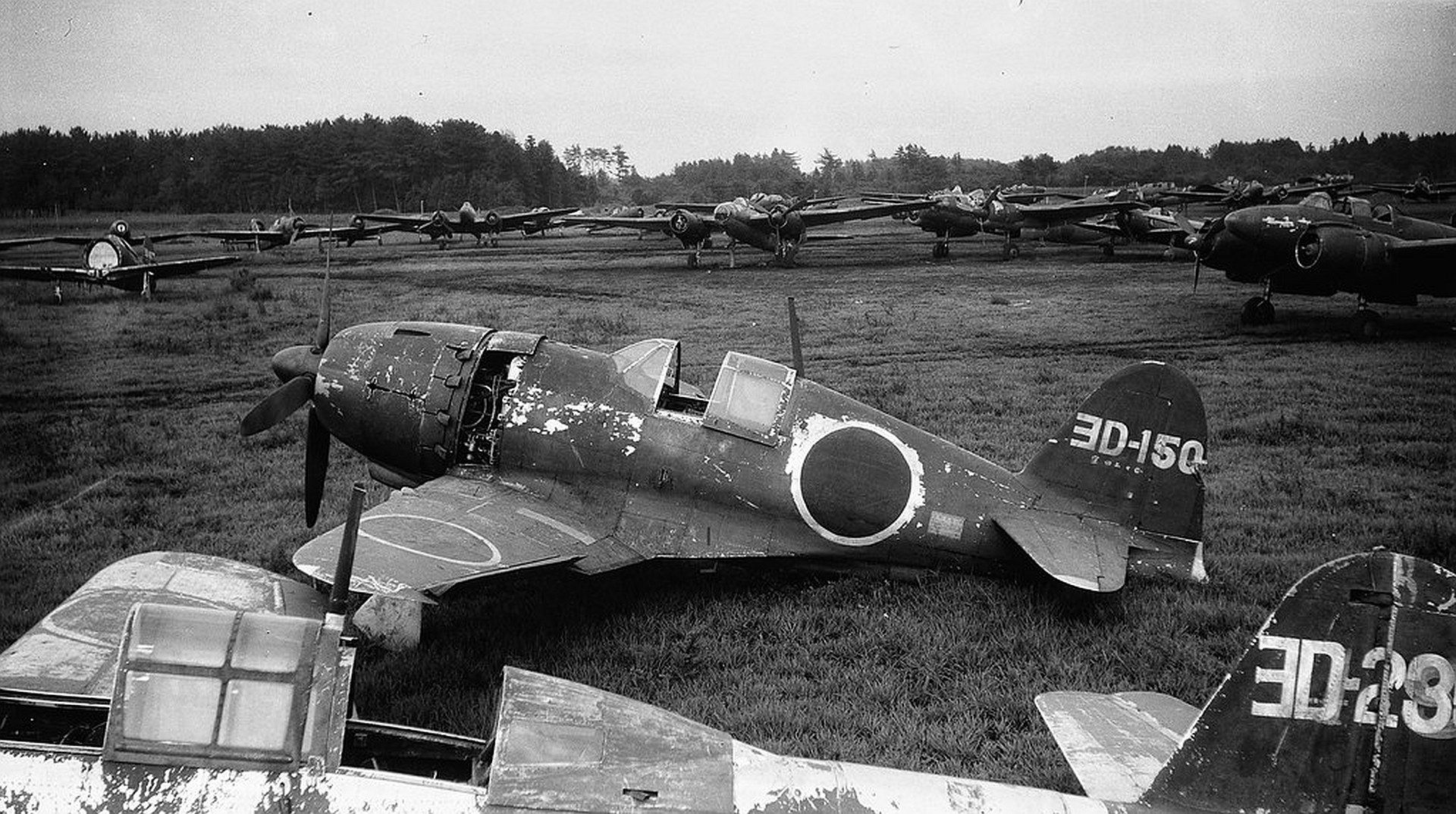
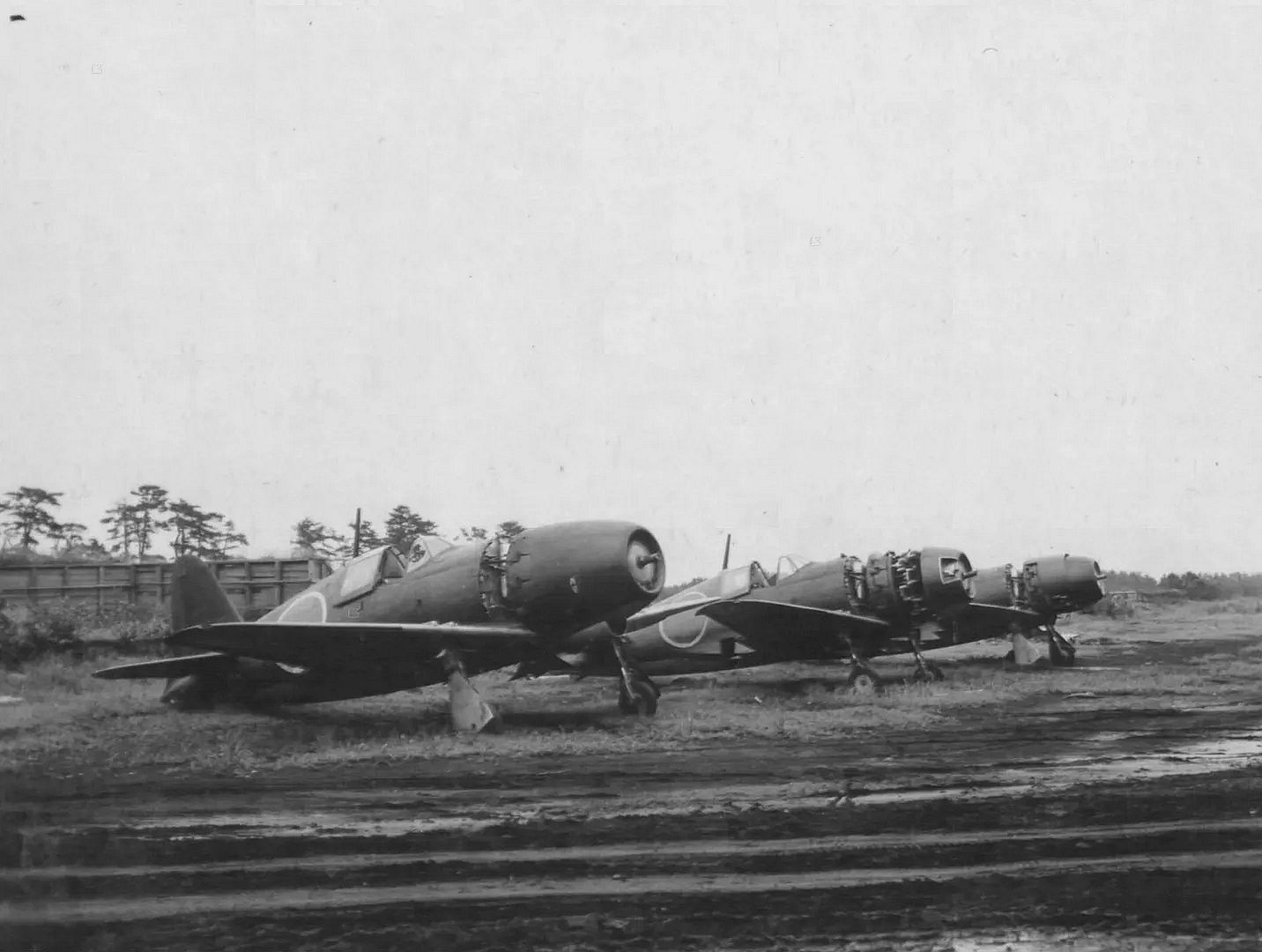
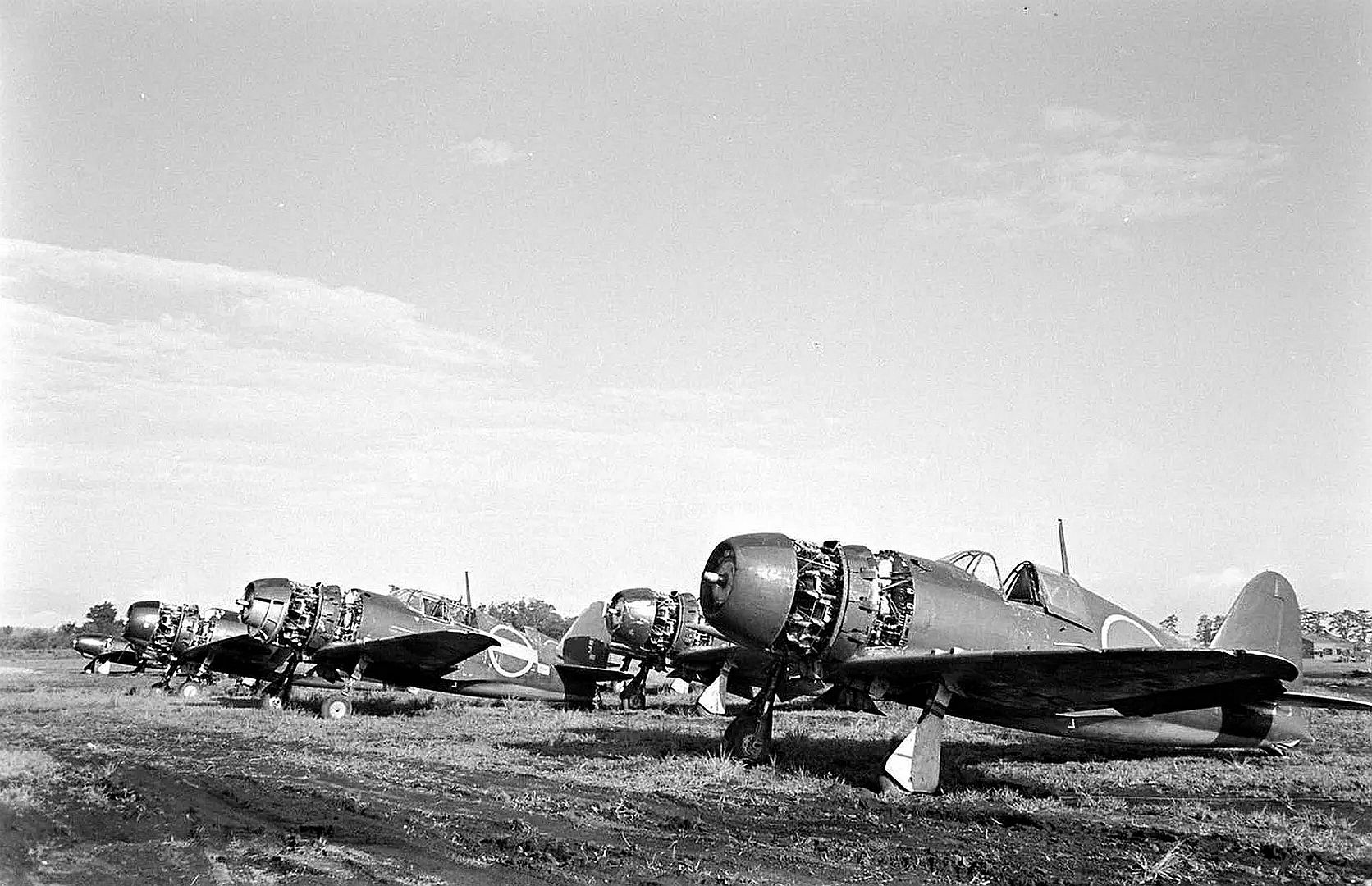
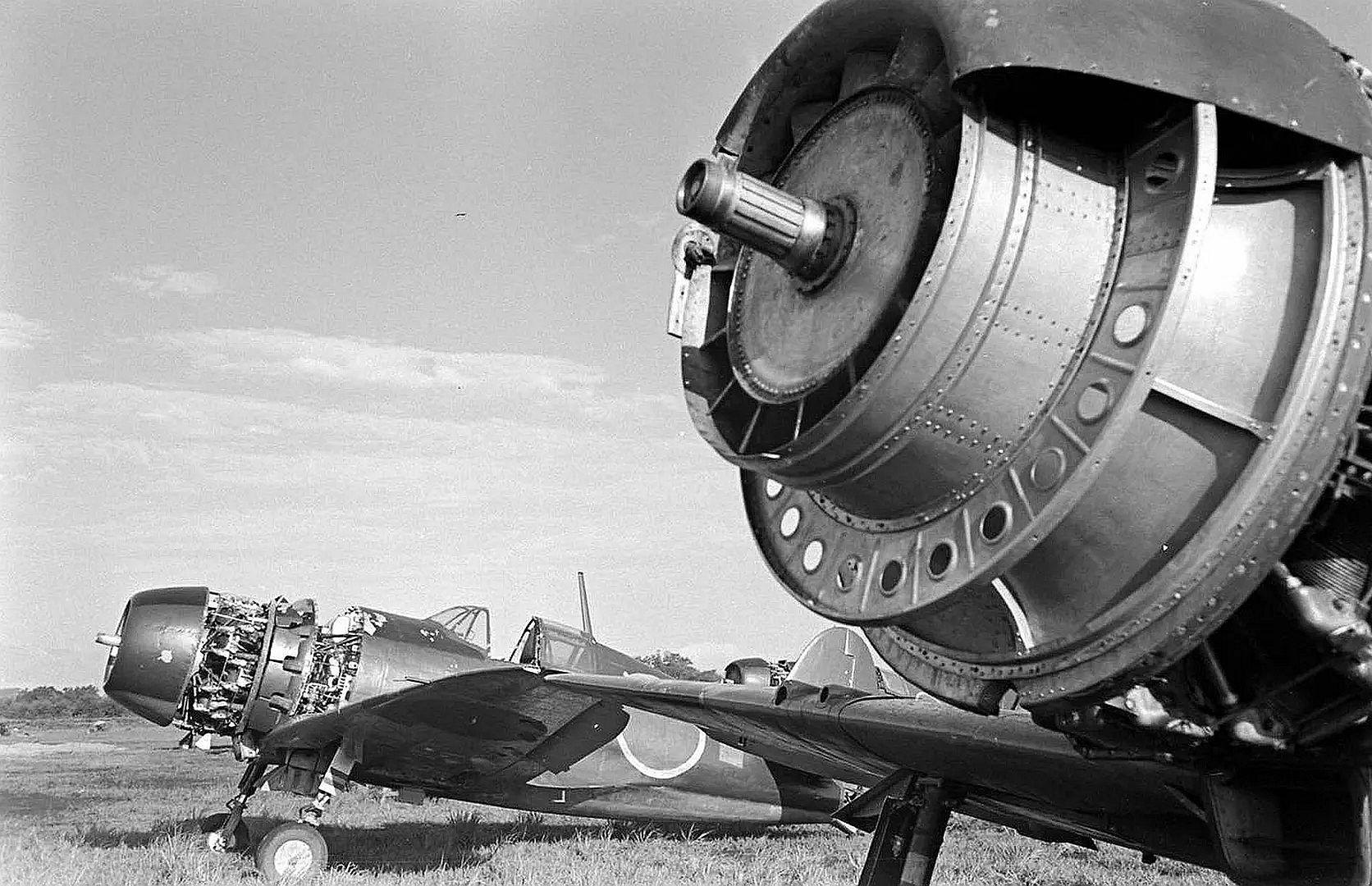
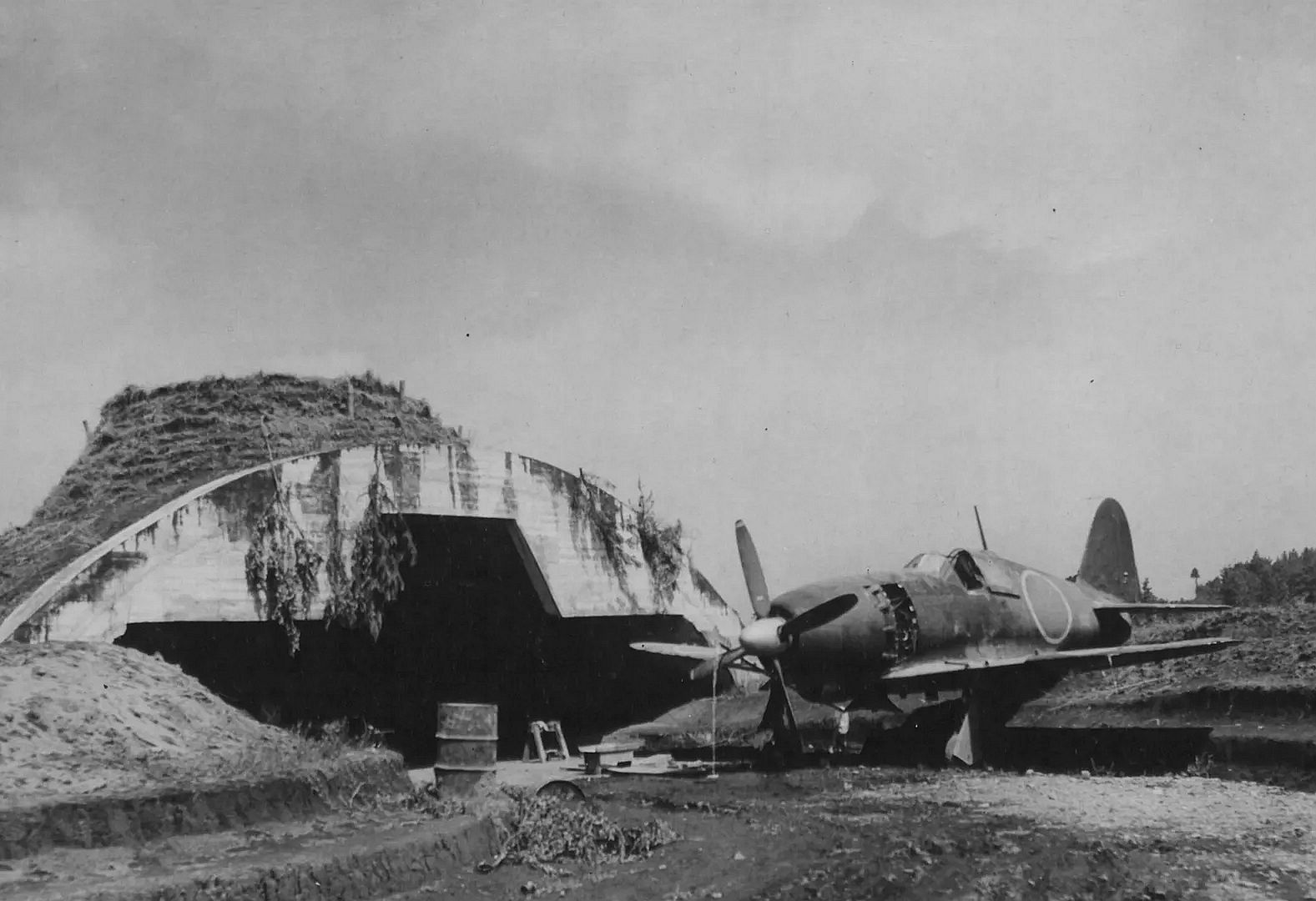
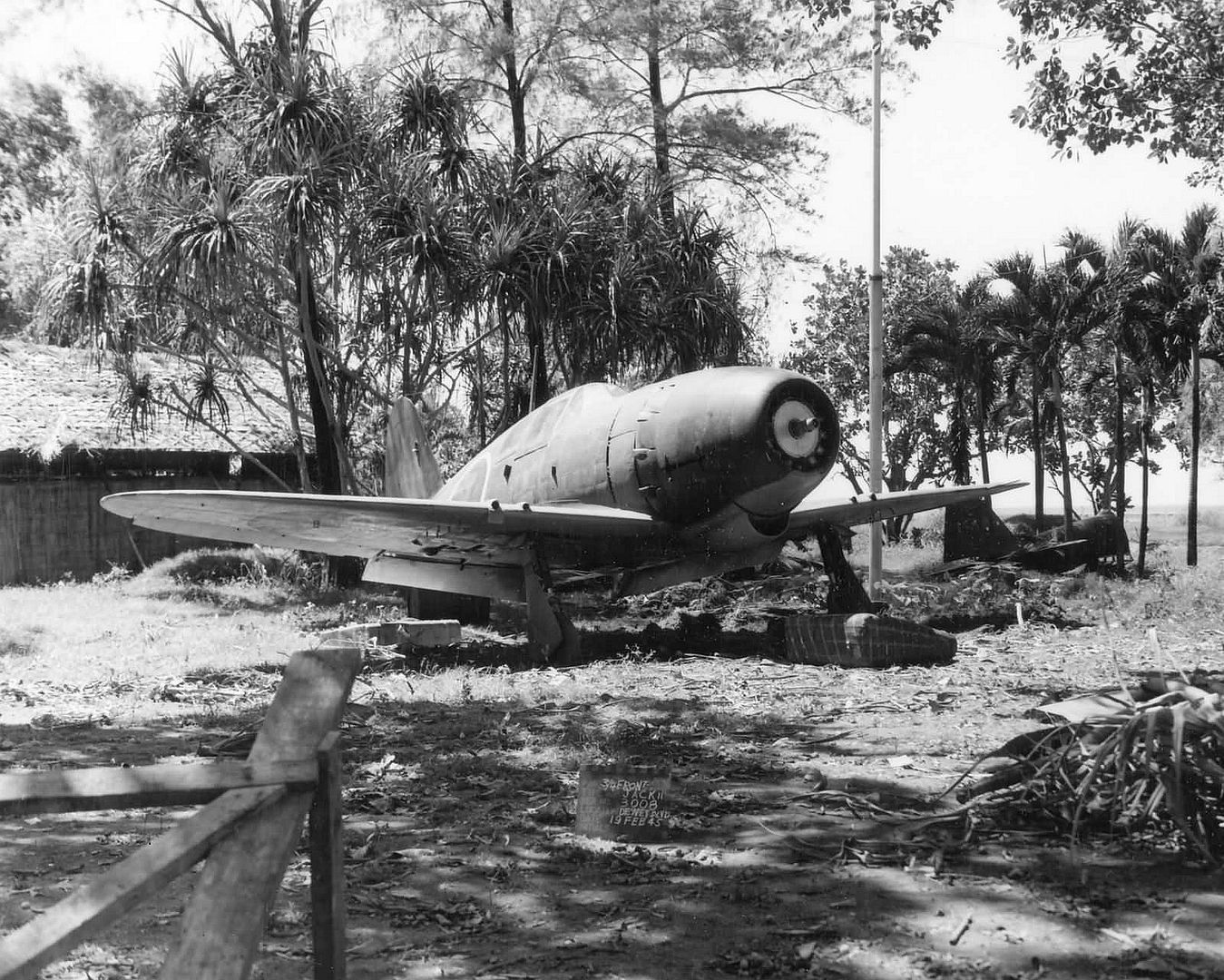
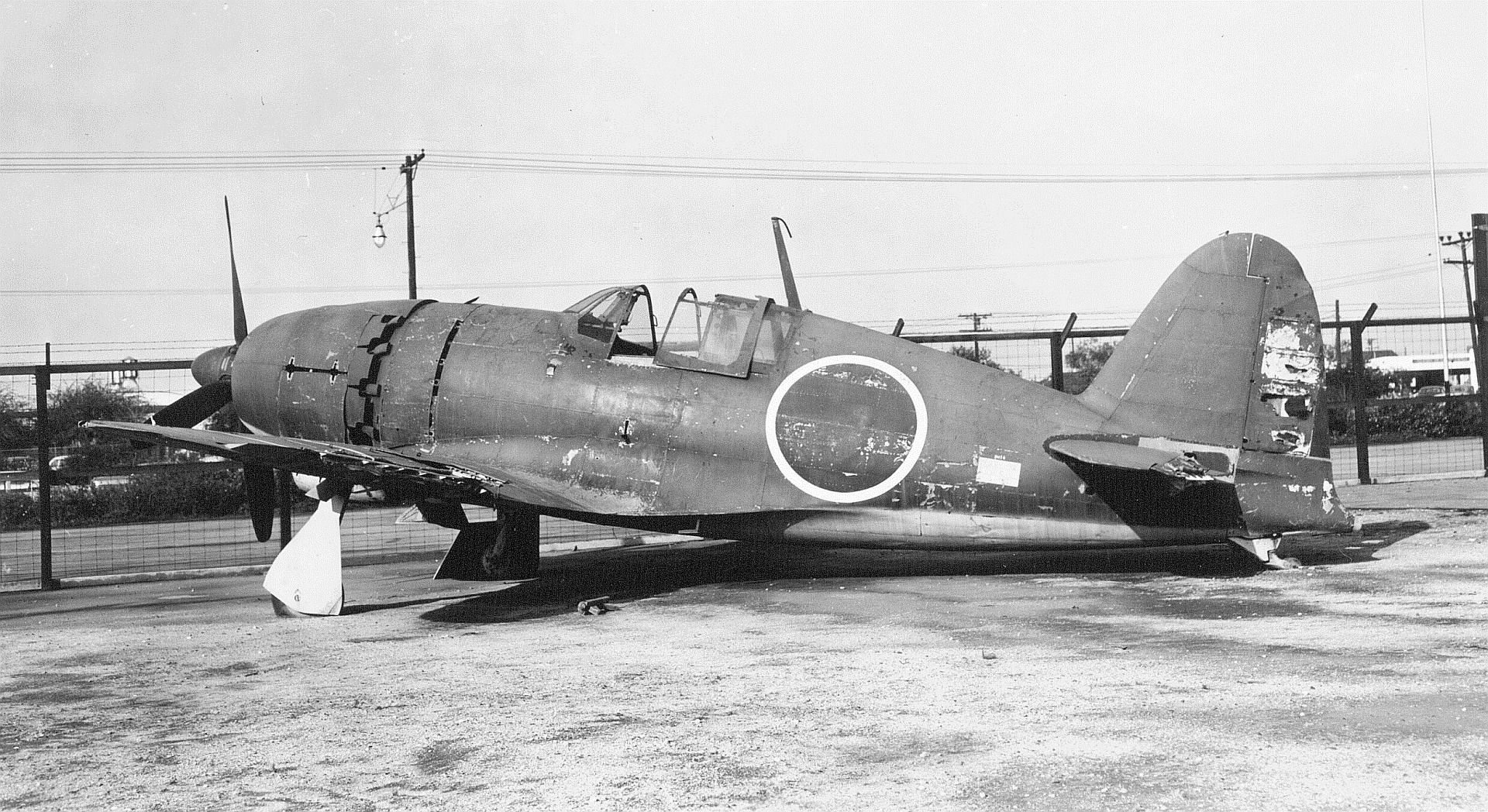
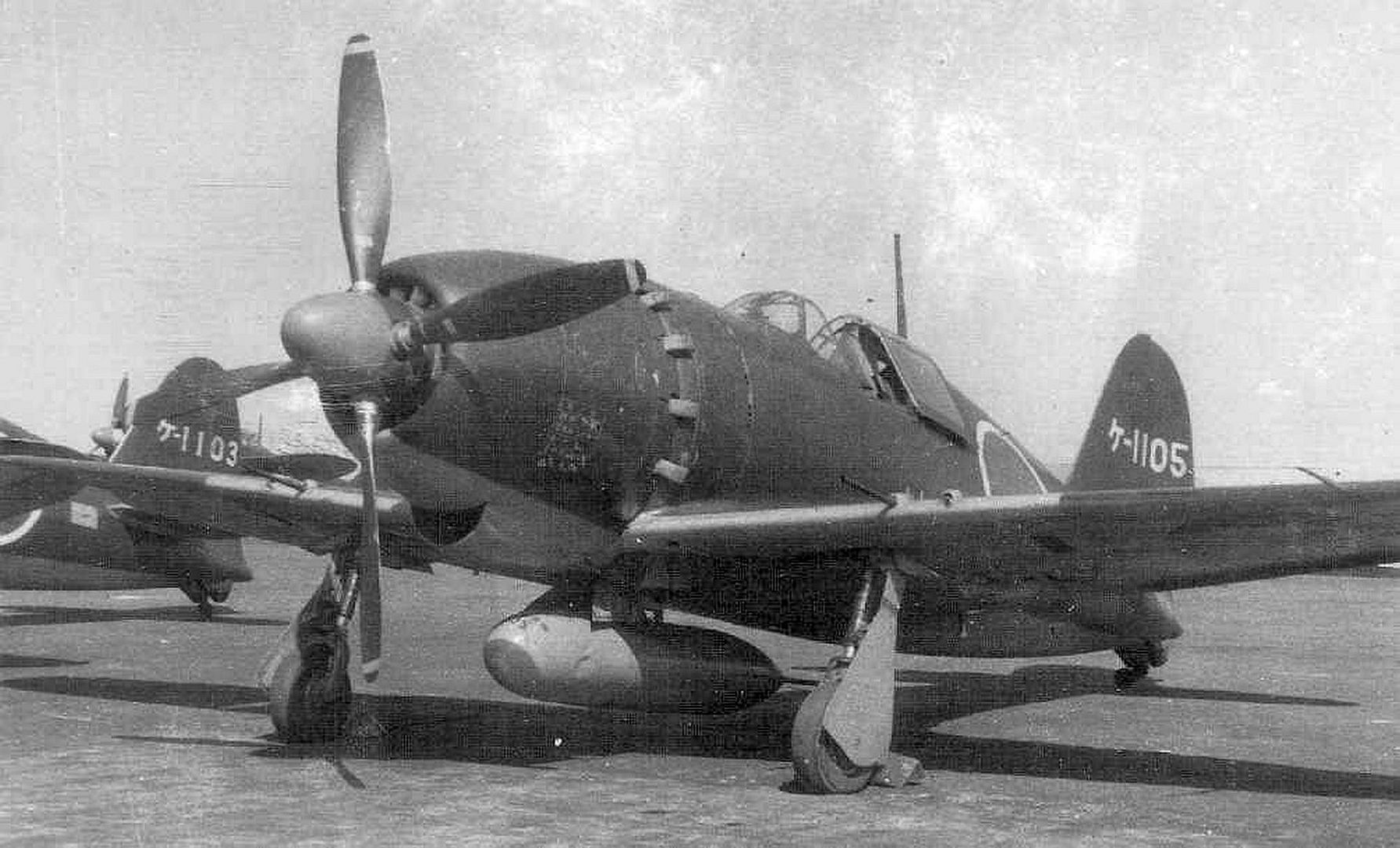
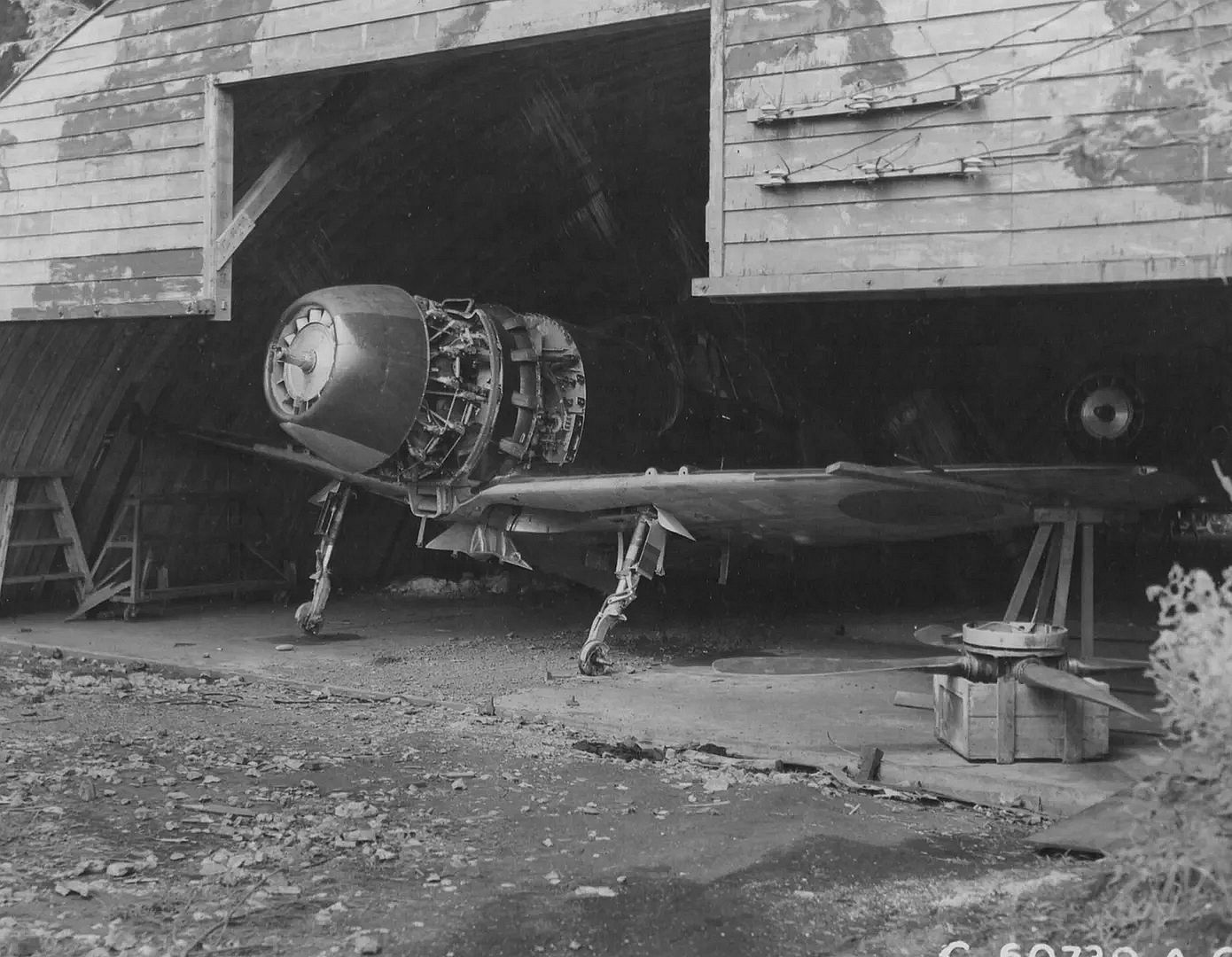
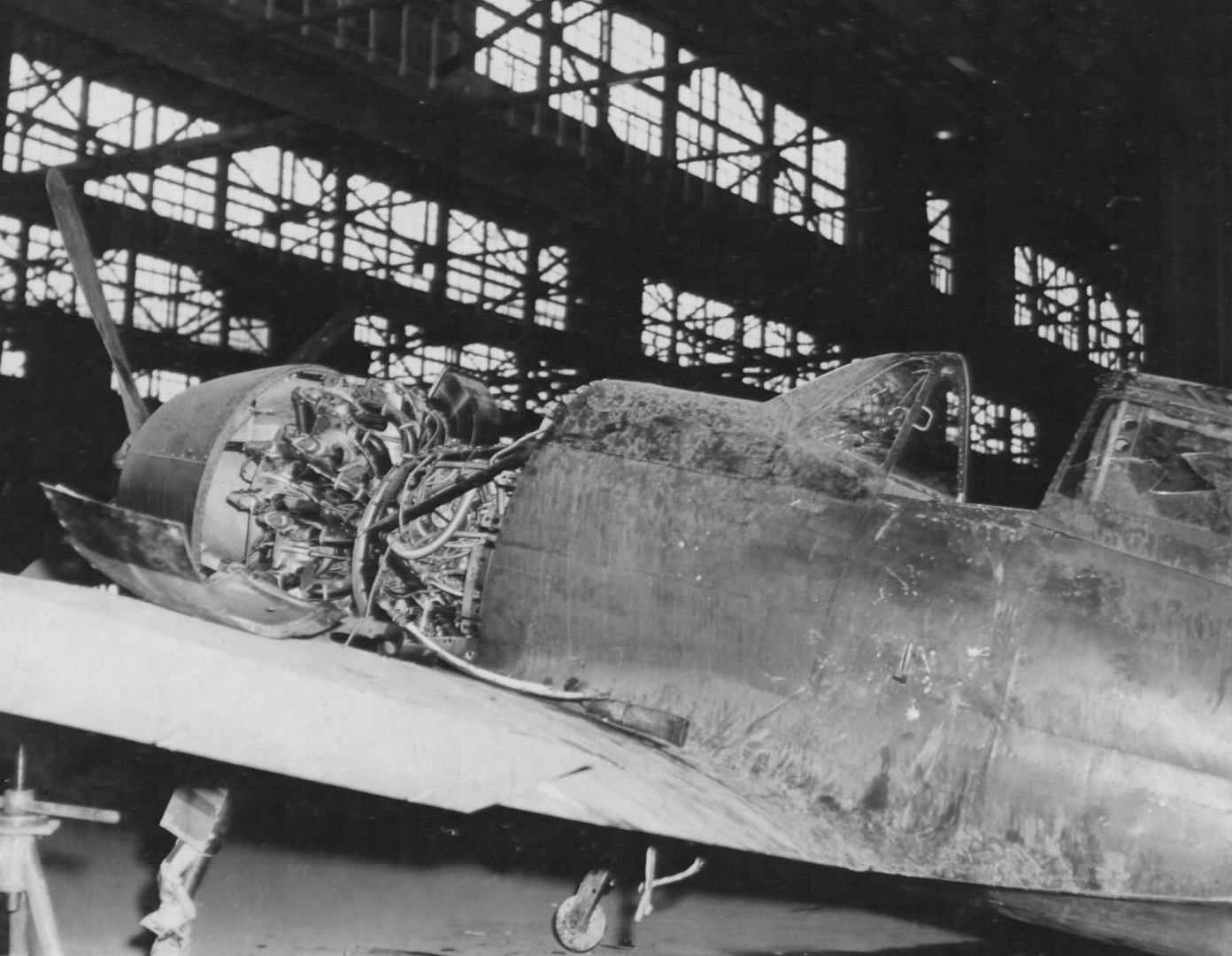
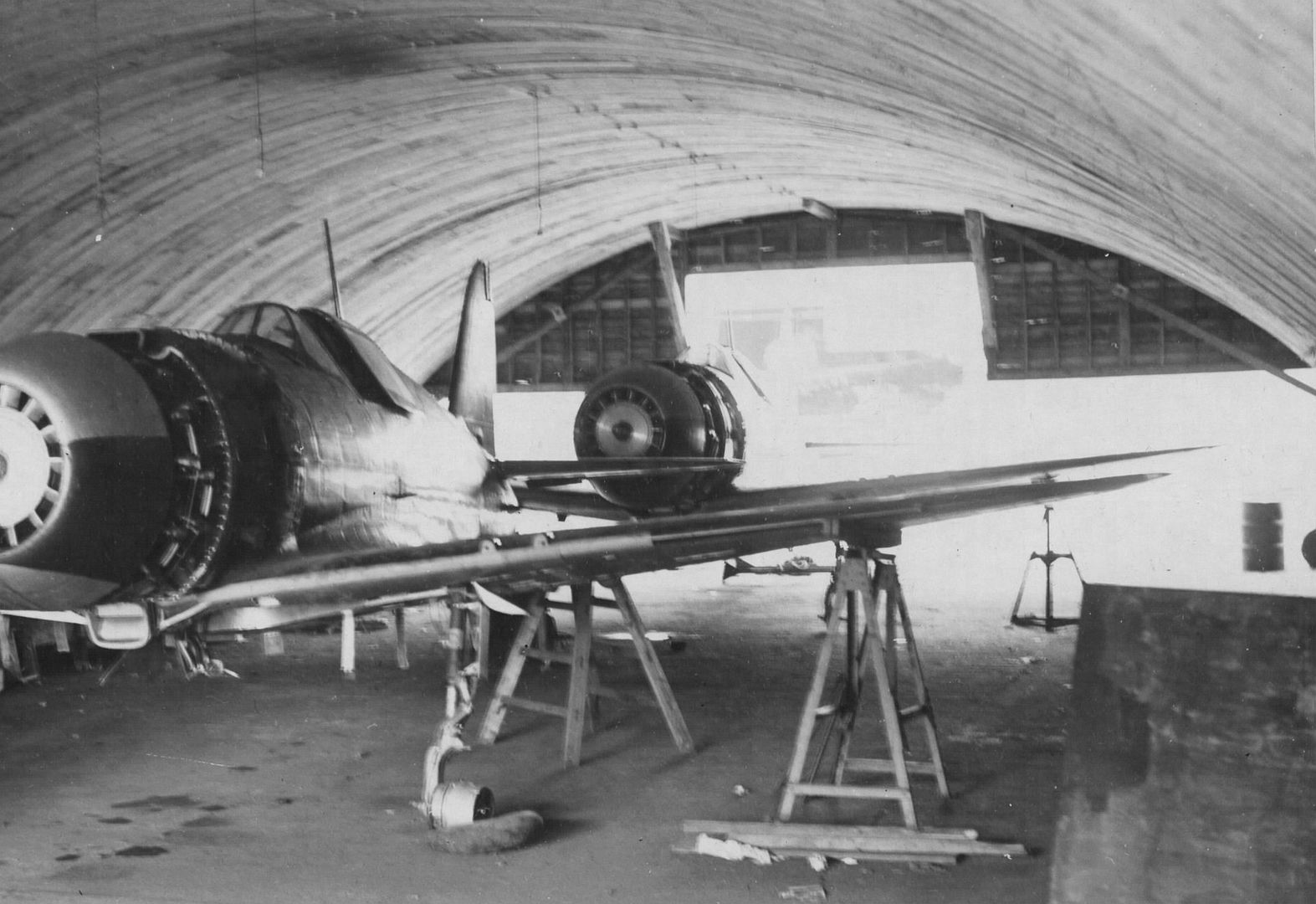
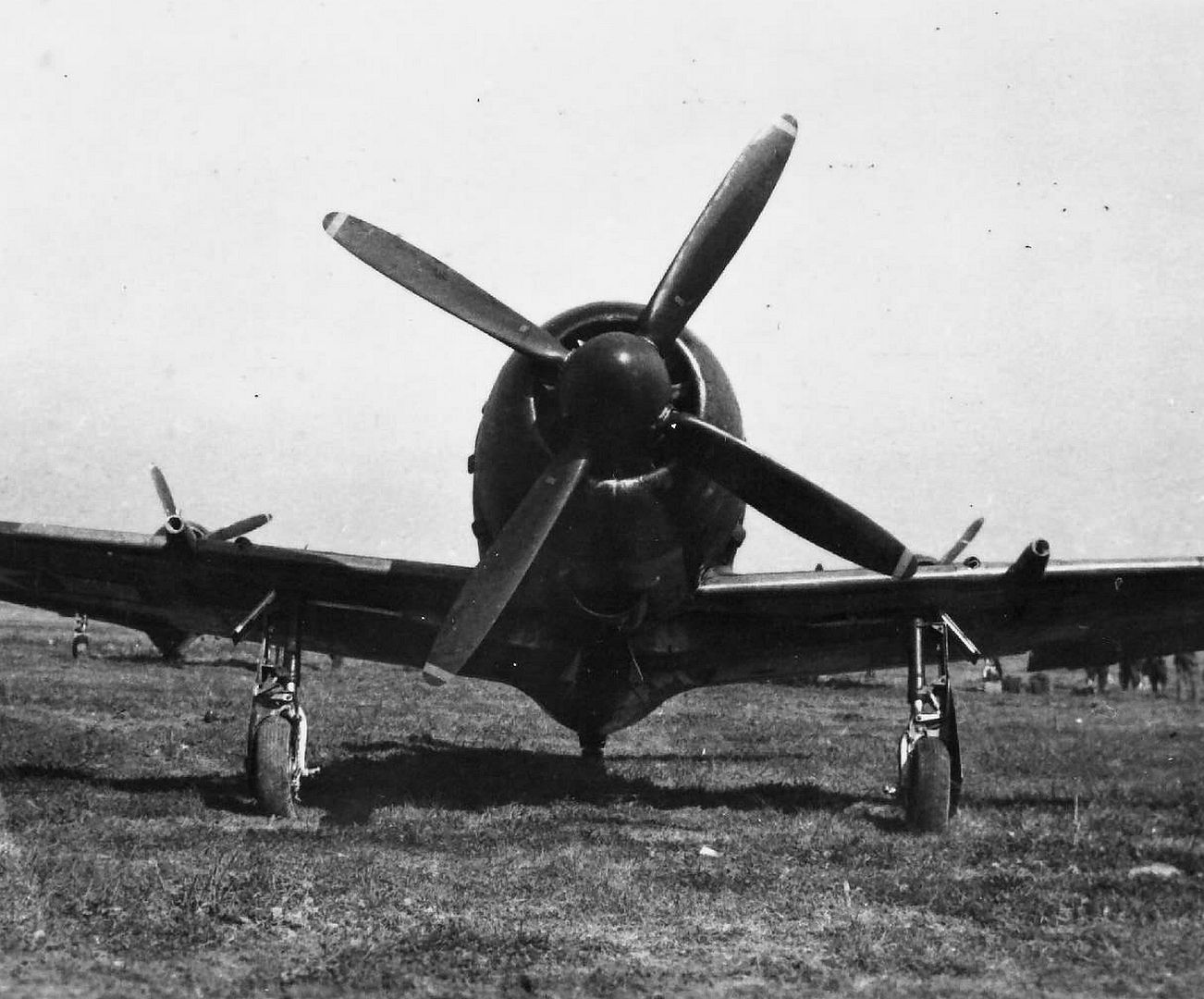
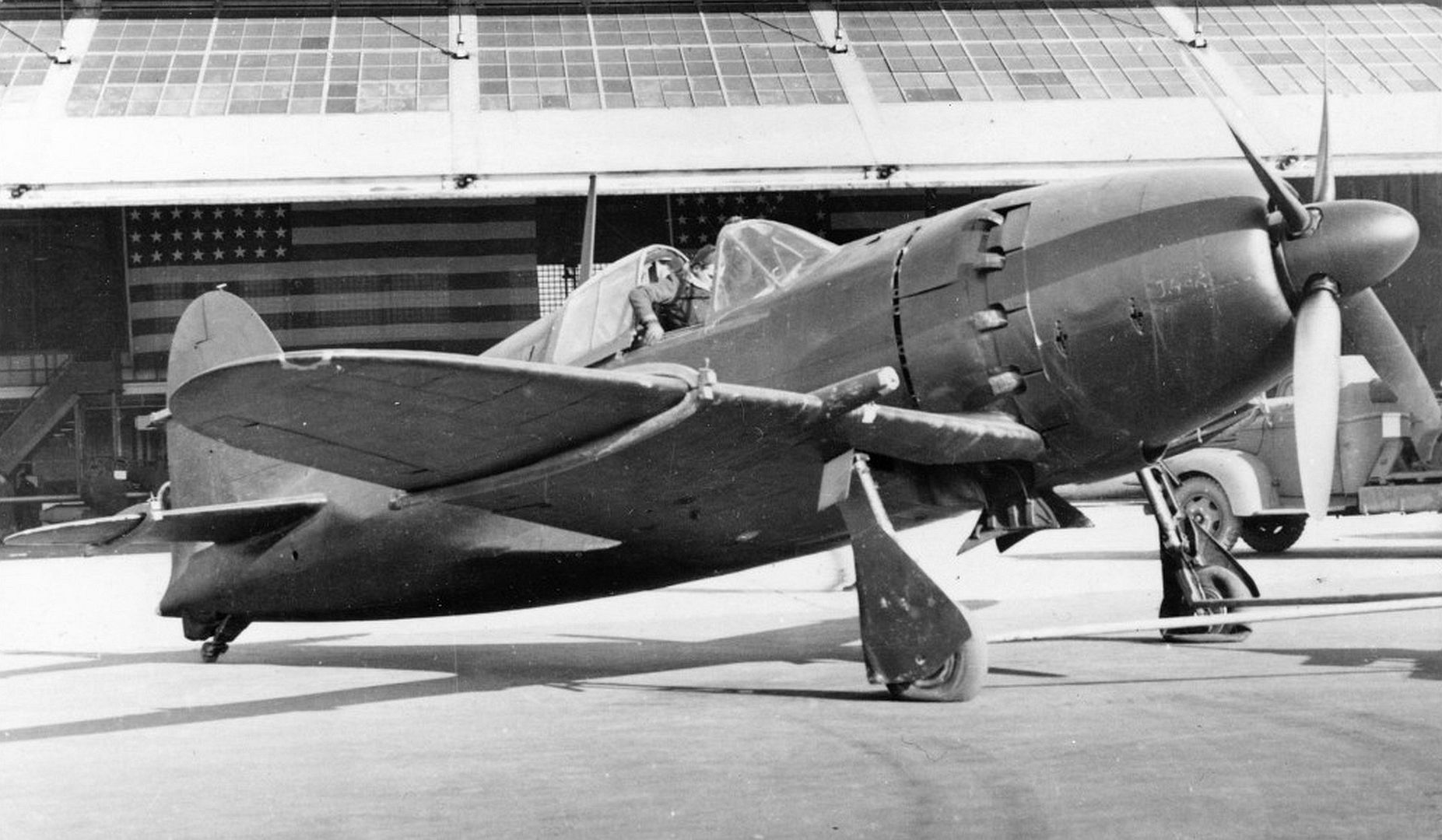
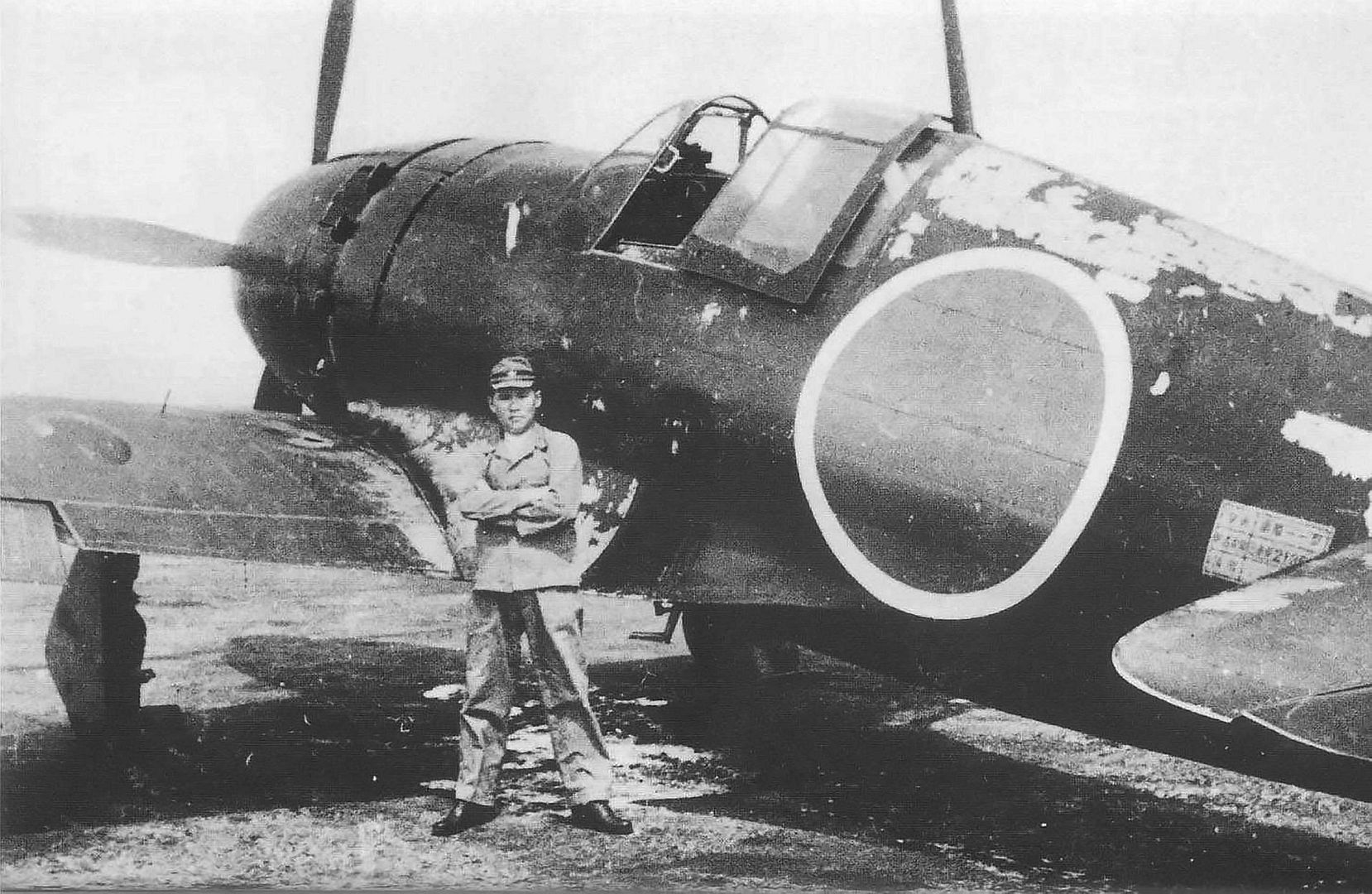
UK captured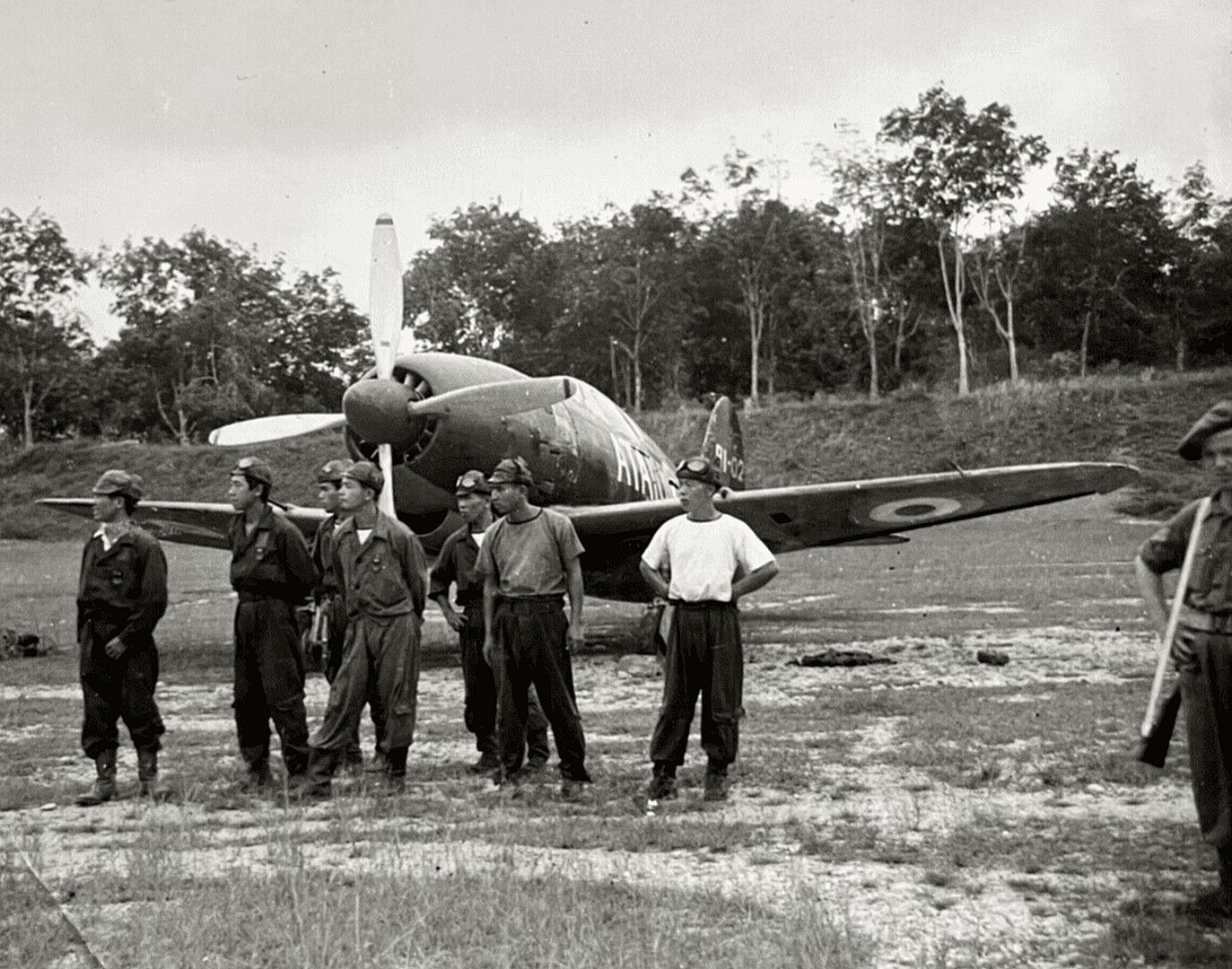
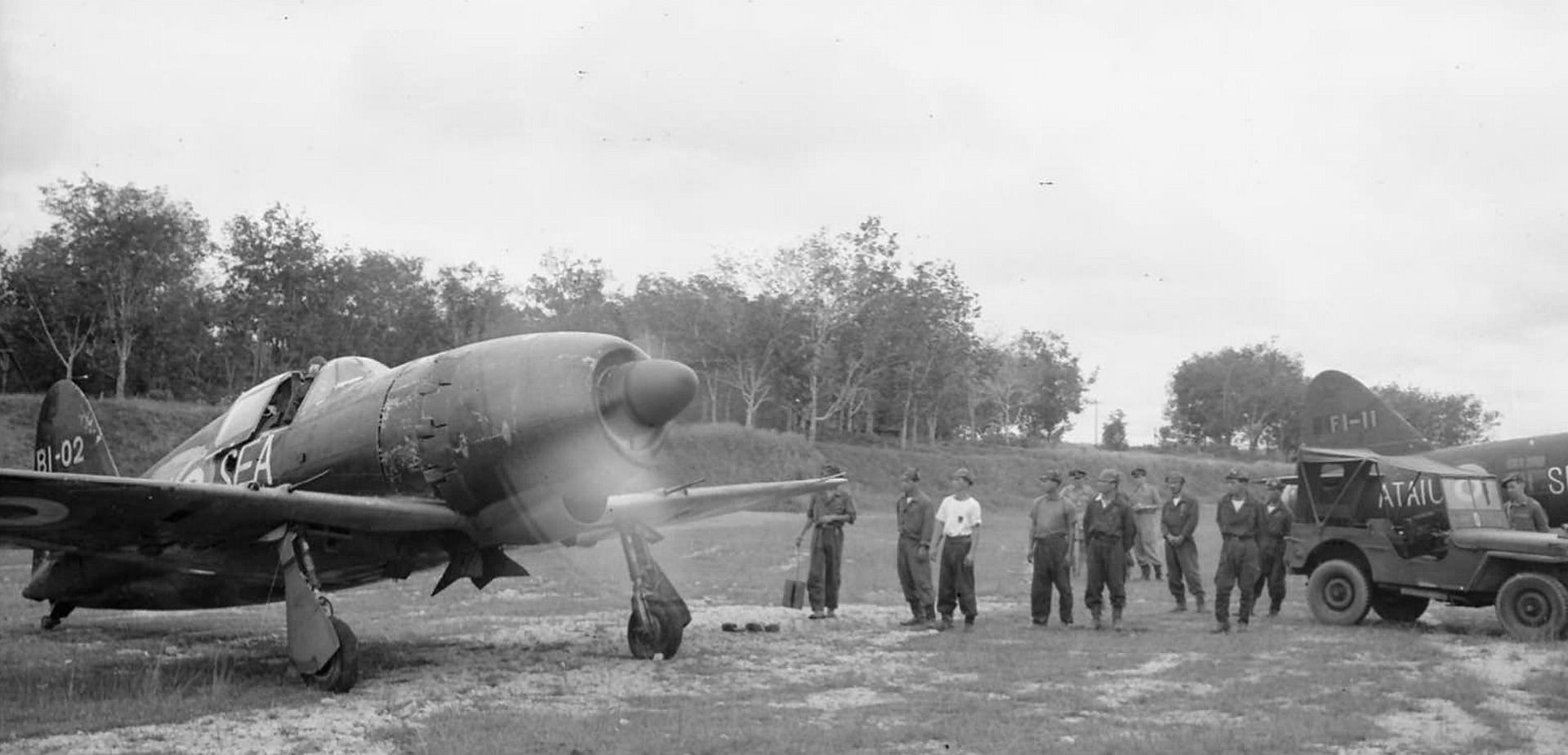

US captured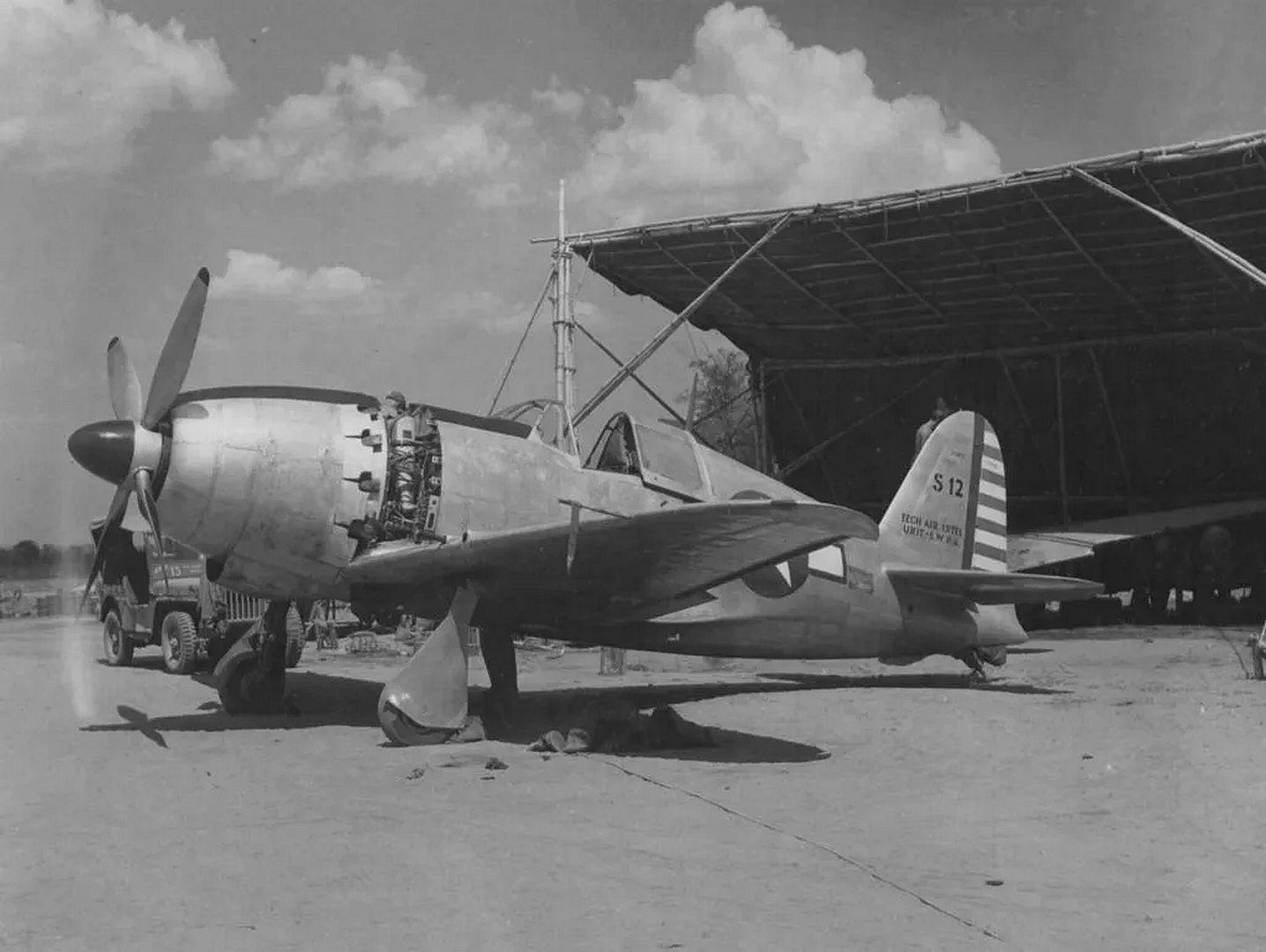
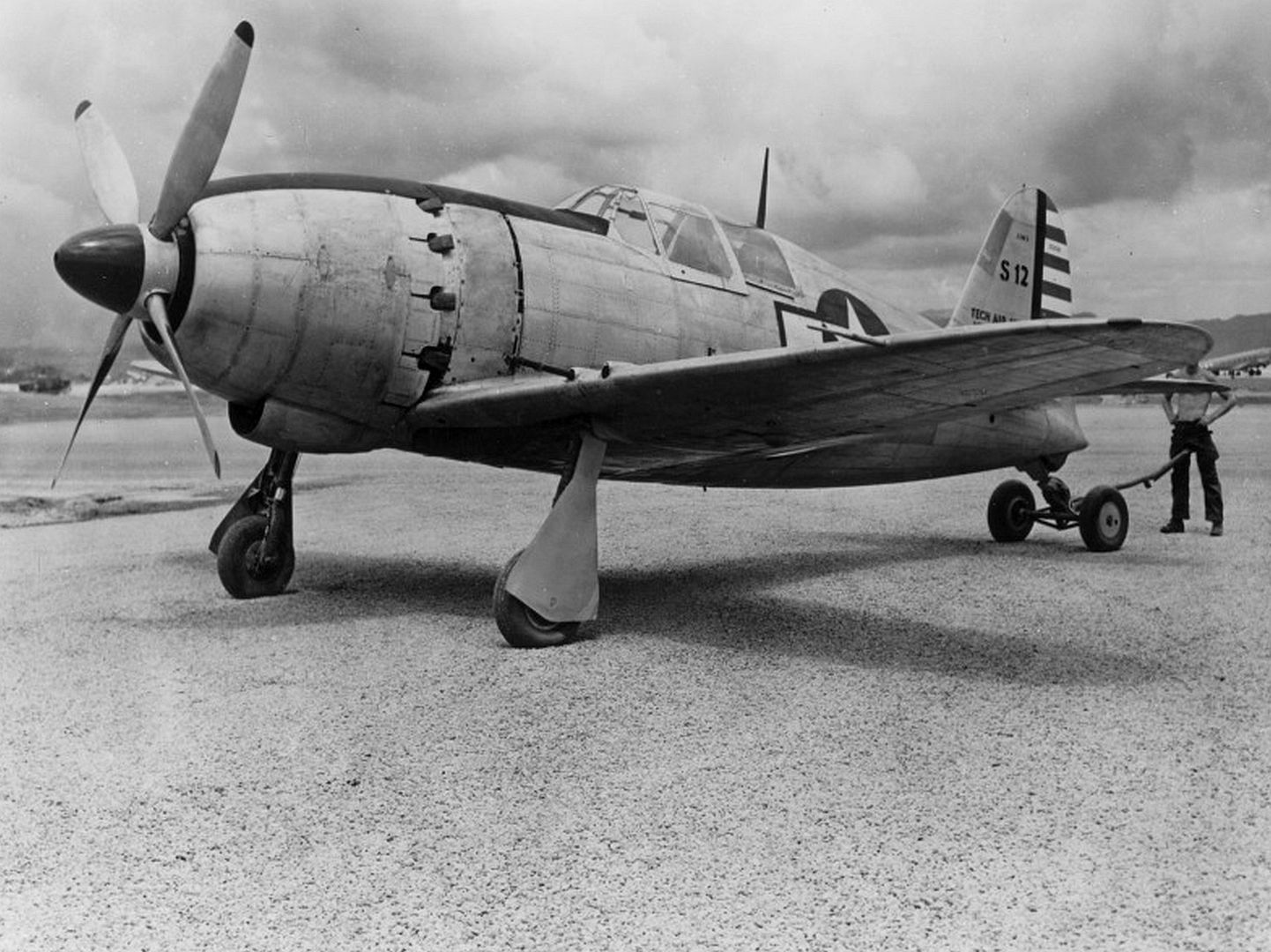
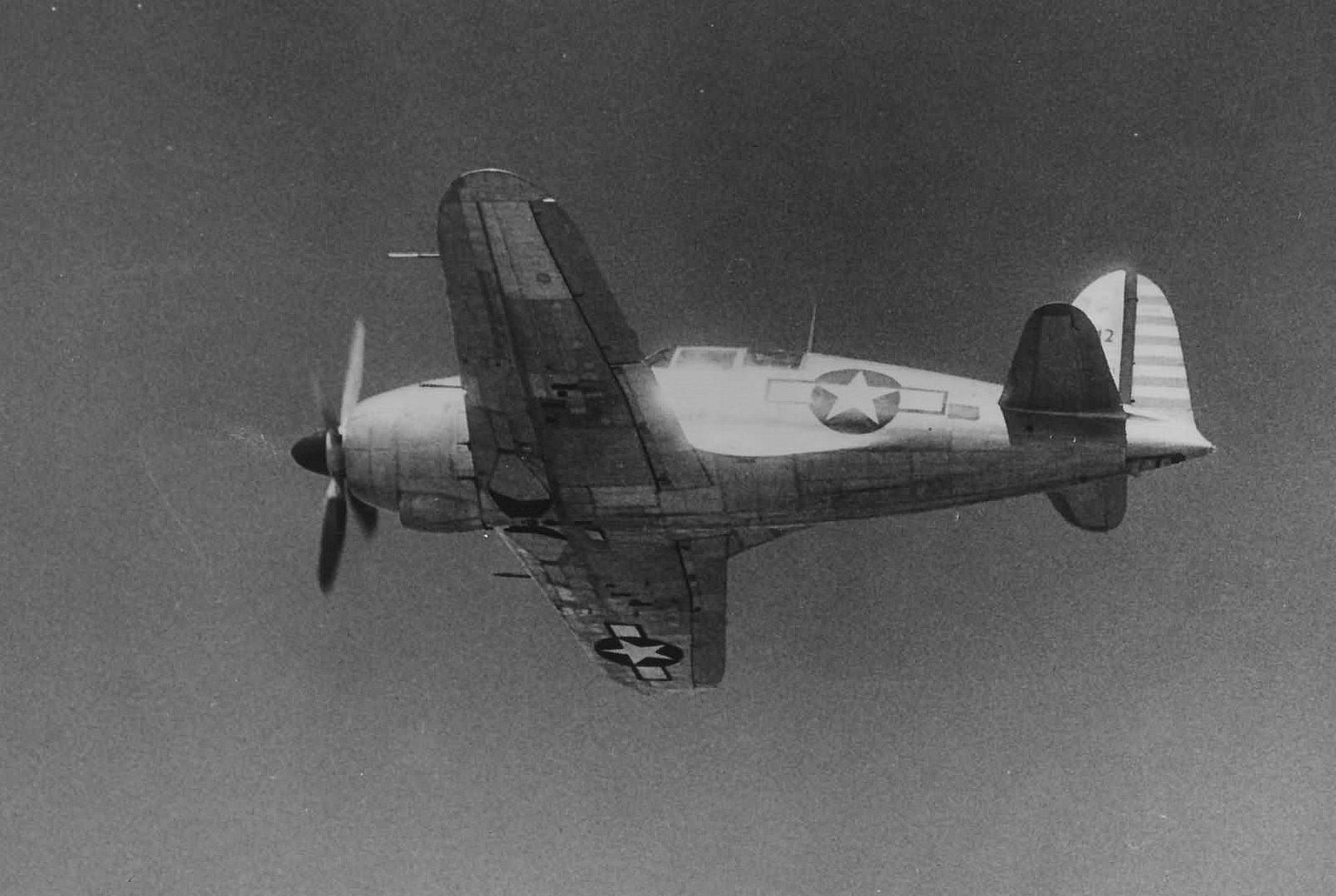
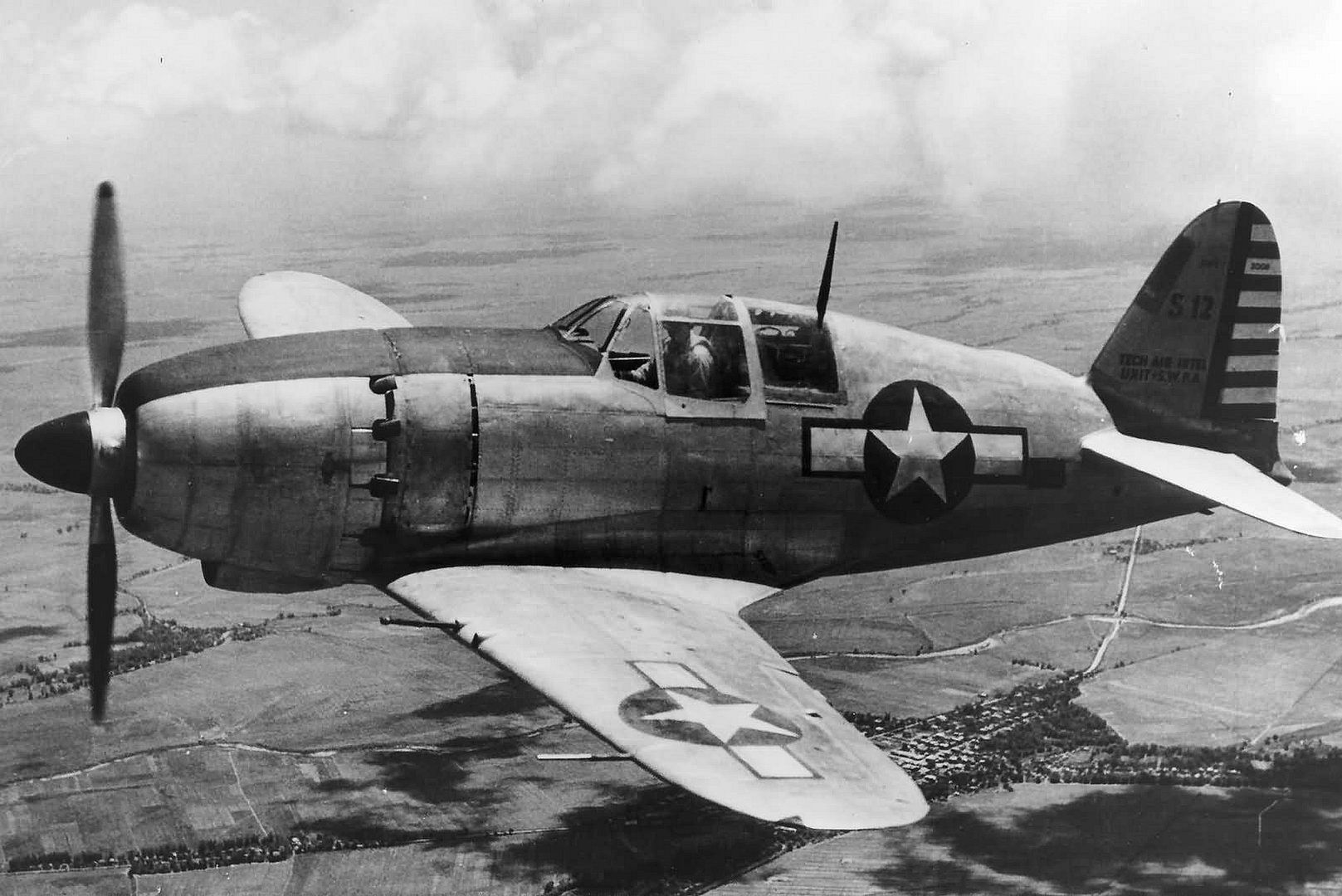
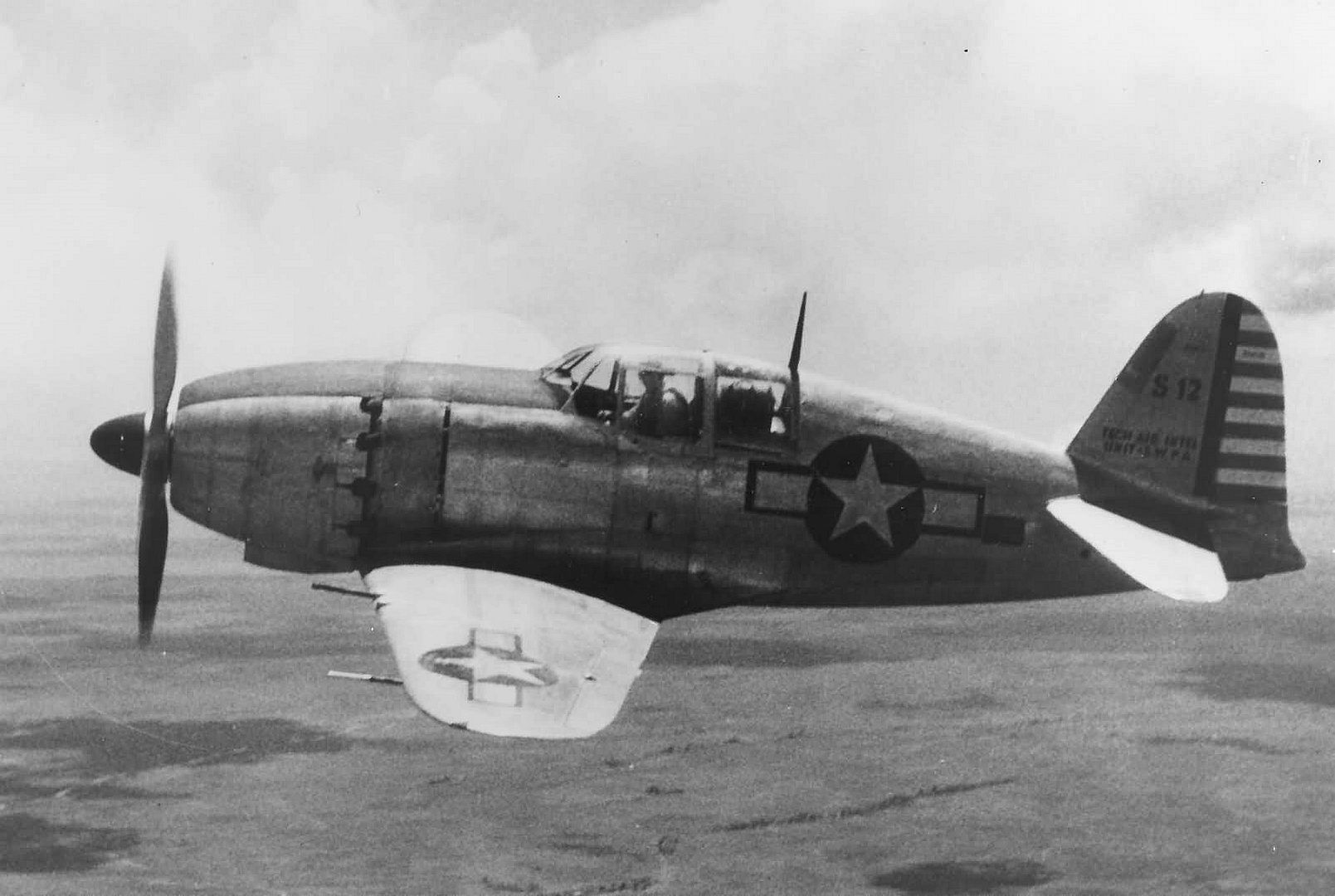
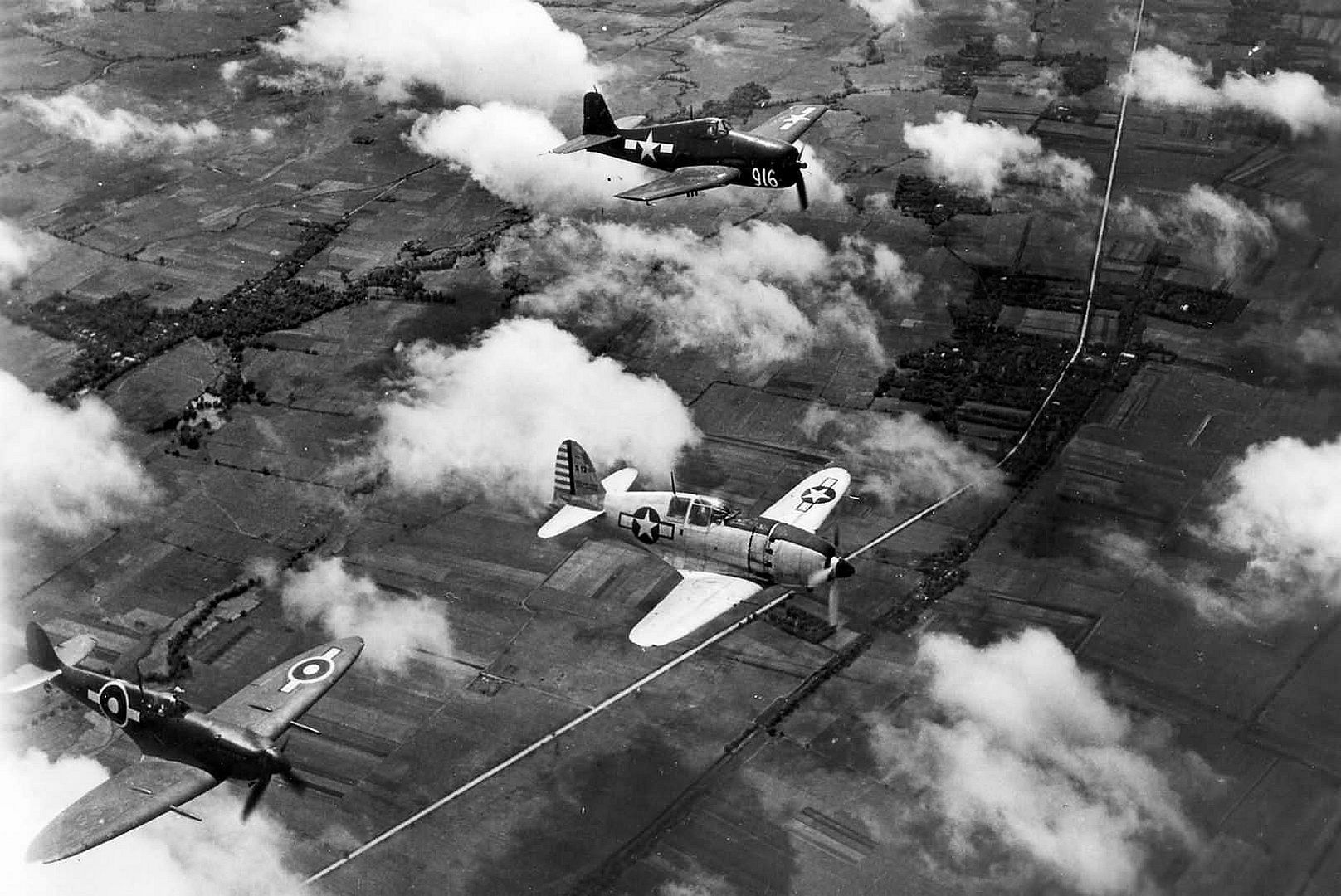
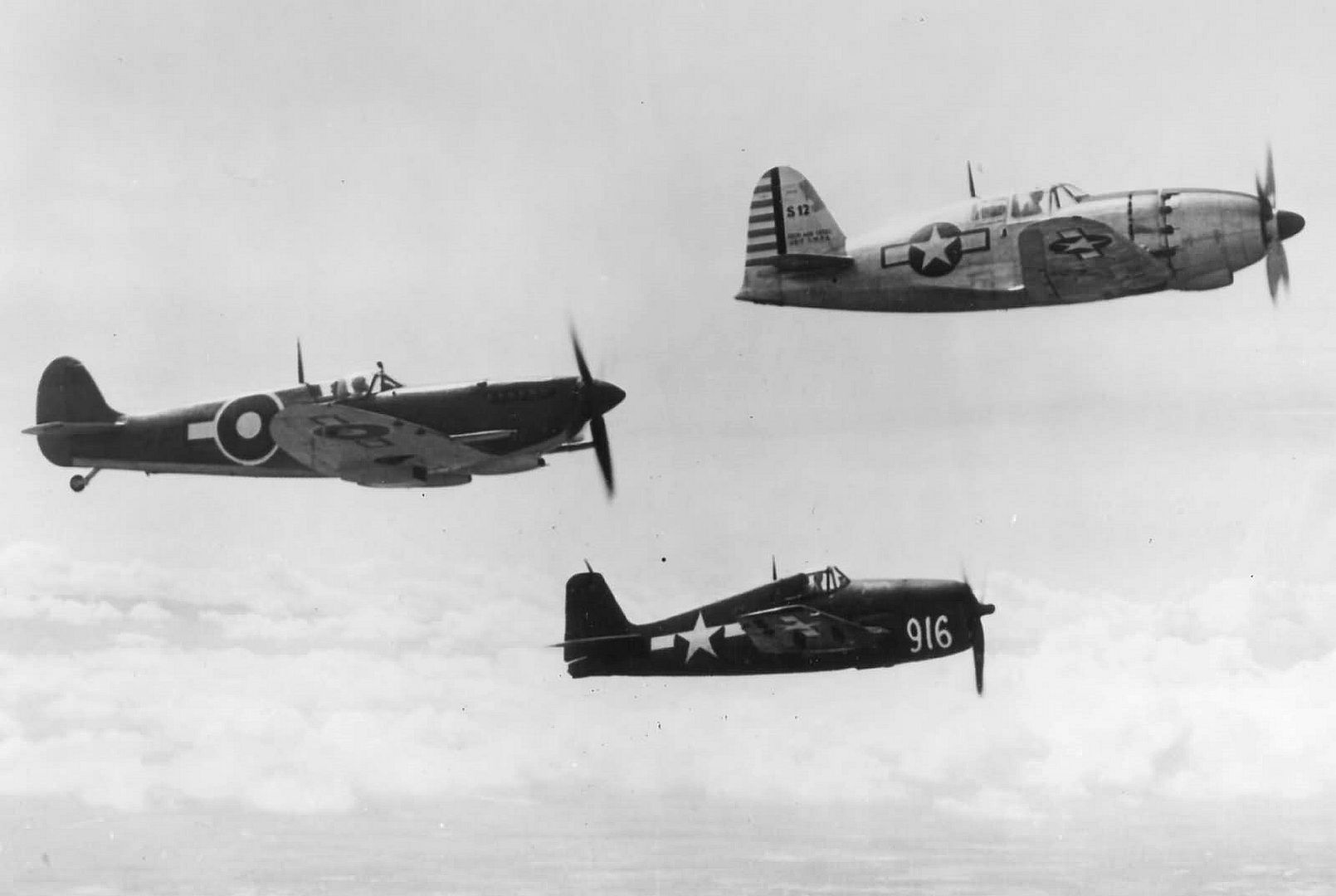
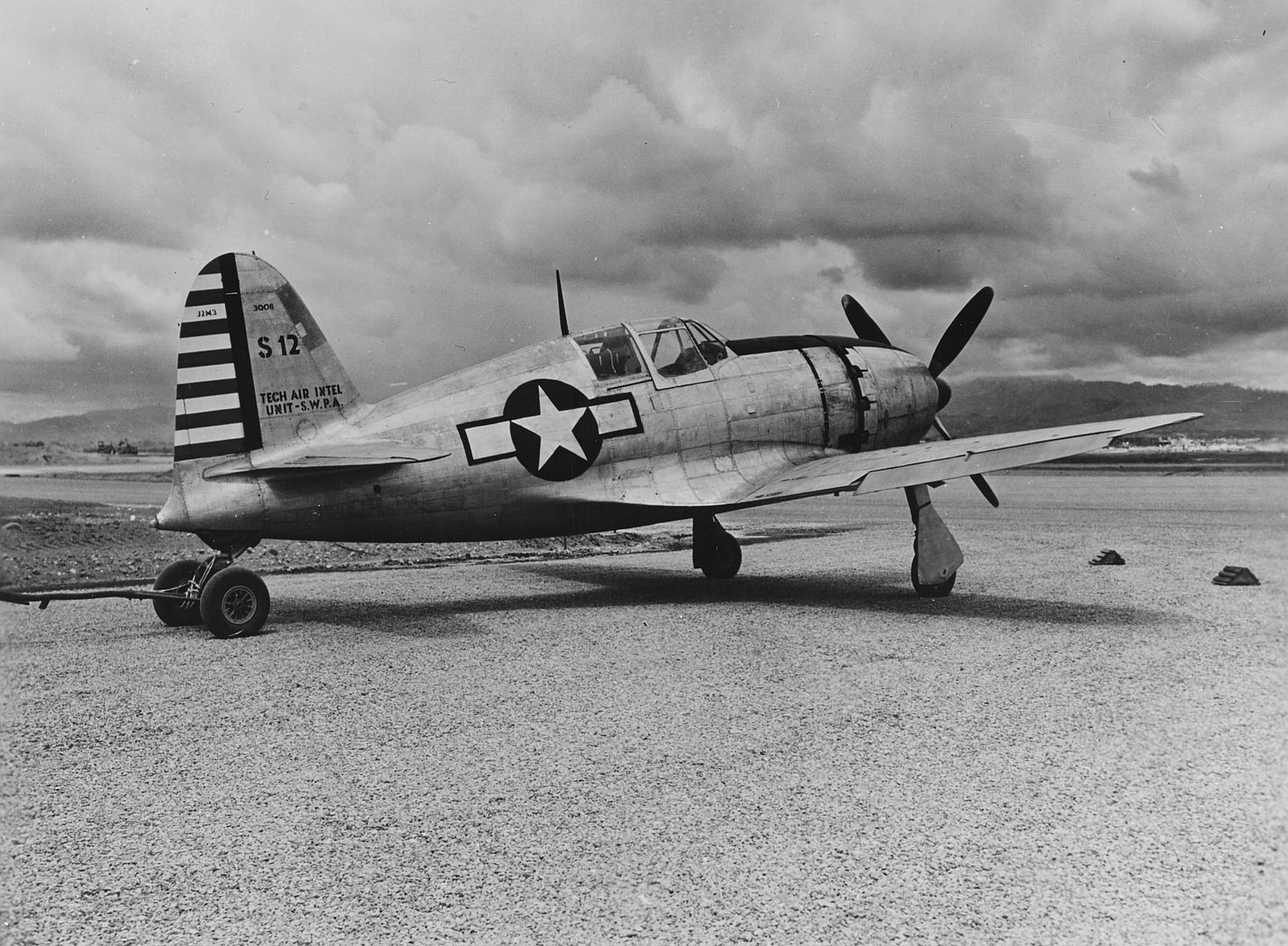
In colour
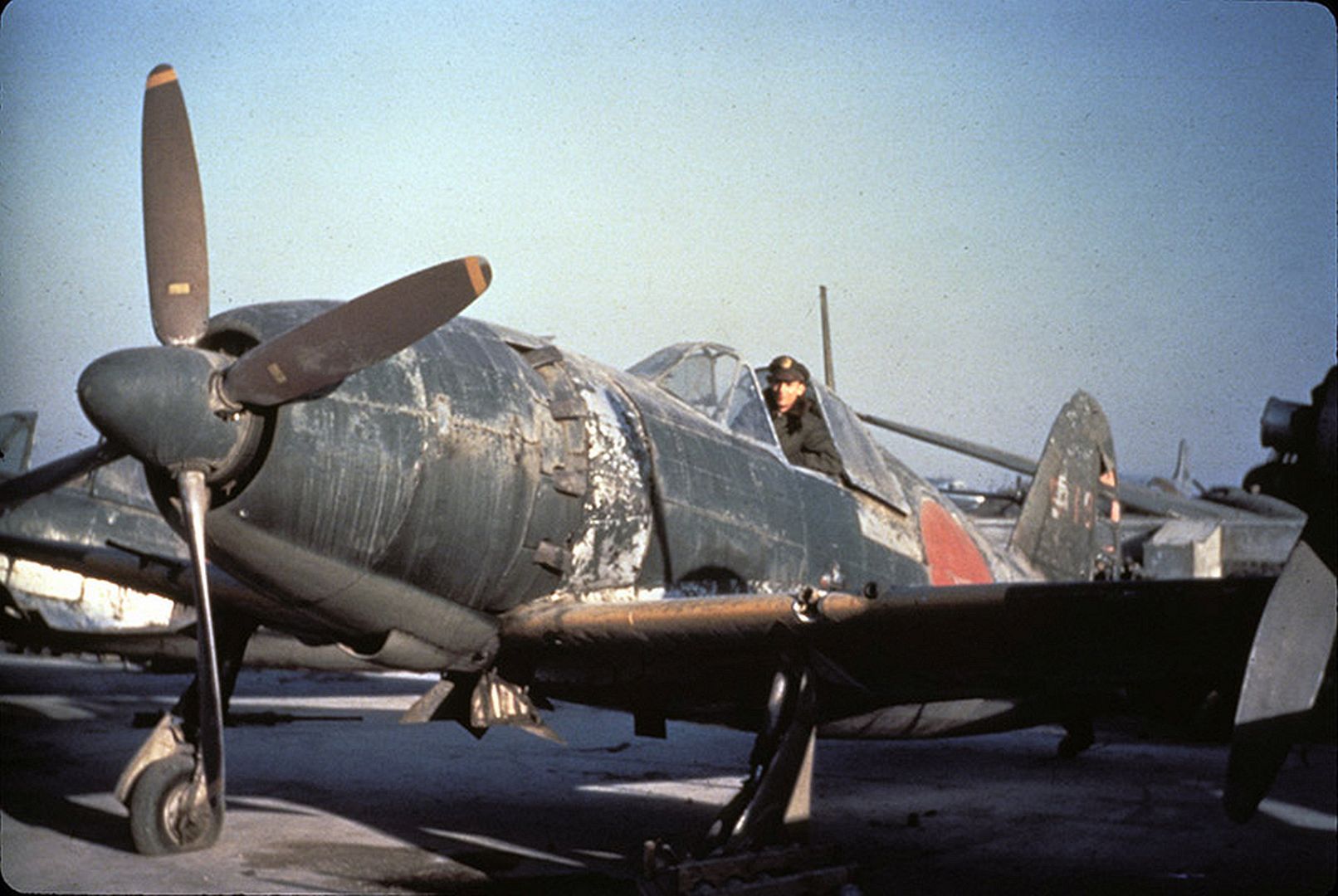
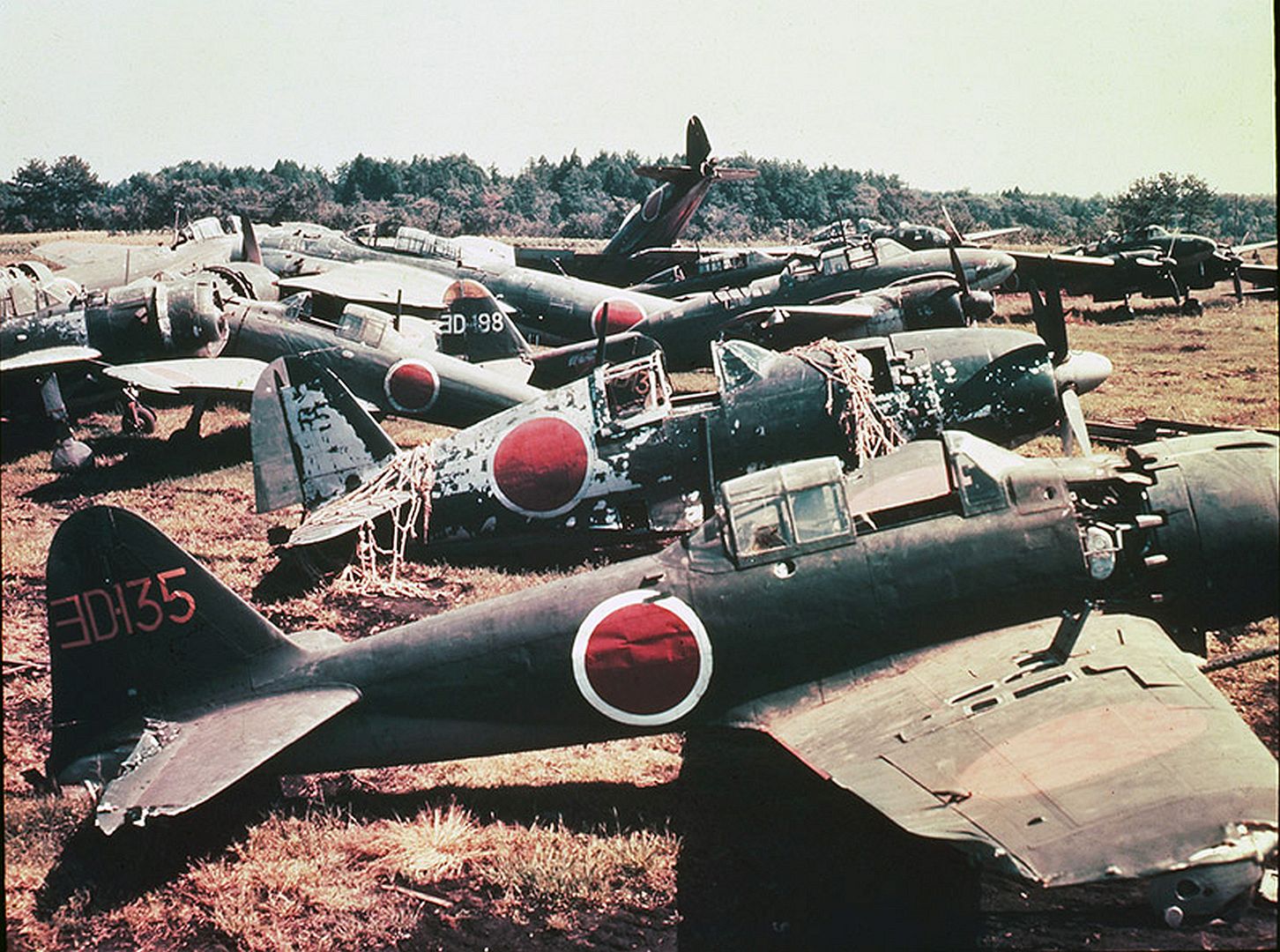
Specifications (J2M3)
General characteristics
Crew: 1
Length: 9.945 m (32 ft 8 in)
Wingspan: 10.8 m (35 ft 5 in)
Height: 3.81 m (12 ft 6 in)
Wing area: 20.05 m2 (215.8 sq ft)
Empty weight: 2,839 kg (6,259 lb)
Gross weight: 3,211 kg (7,079 lb)
Powerplant: 1 × Mitsubishi MK4R-A Kasei 23a 14-cylinder air-cooled radial piston engine, 1,300 kW (1,800 hp) for take-off
1,174 kW (1,575 hp) at 1,800 m (5,900 ft)
1,051 kW (1,410 hp) at 4,800 m (15,700 ft)
Propellers: 4-bladed constant-speed metal propeller
Performance
Maximum speed: 587 km/h (365 mph, 317 kn) at 5,300 m (17,400 ft)
Cruise speed: 351 km/h (218 mph, 190 kn)
Range: 1,898 km (1,179 mi, 1,025 nmi)
Service ceiling: 11,700 m (38,400 ft)
Time to altitude: 6,000 m (20,000 ft) in 6 minutes 14 seconds
Wing loading: 171.3 kg/m2 (35.1 lb/sq ft)
Power/mass: 0.391 kW/kg (0.238 hp/lb)
Armament
2x 20 mm (0.787 in) Type 99 Mark 2 machine gun inboard wing-mounted with 190 rpg
2x Type 99 Mark 1 machine gun outboard wing-mounted with 210 rpg
2× 60 kg (132 lb) bombs
or
2 × 200 L (53 US gal; 44 imp gal) drop tanks or a larger central drop tank
(Text from Wikki)
Post a reply
- Go to Previous topic
- Go to Next topic
- Go to Welcome
- Go to Introduce Yourself
- Go to General Discussion
- Go to Screenshots, Images and Videos
- Go to Off topic
- Go to Works in Progress
- Go to Skinning Tips / Tutorials
- Go to Skin Requests
- Go to IJAAF Library
- Go to Luftwaffe Library
- Go to RAF Library
- Go to USAAF / USN Library
- Go to Misc Library
- Go to The Ops Room
- Go to Made in Germany
- Go to Campaigns and Missions
- Go to Works in Progress
- Go to Juri's Air-Raid Shelter
- Go to Campaigns and Missions
- Go to Works in Progress
- Go to Skinpacks
- Go to External Projects Discussion
- Go to Books & Resources
